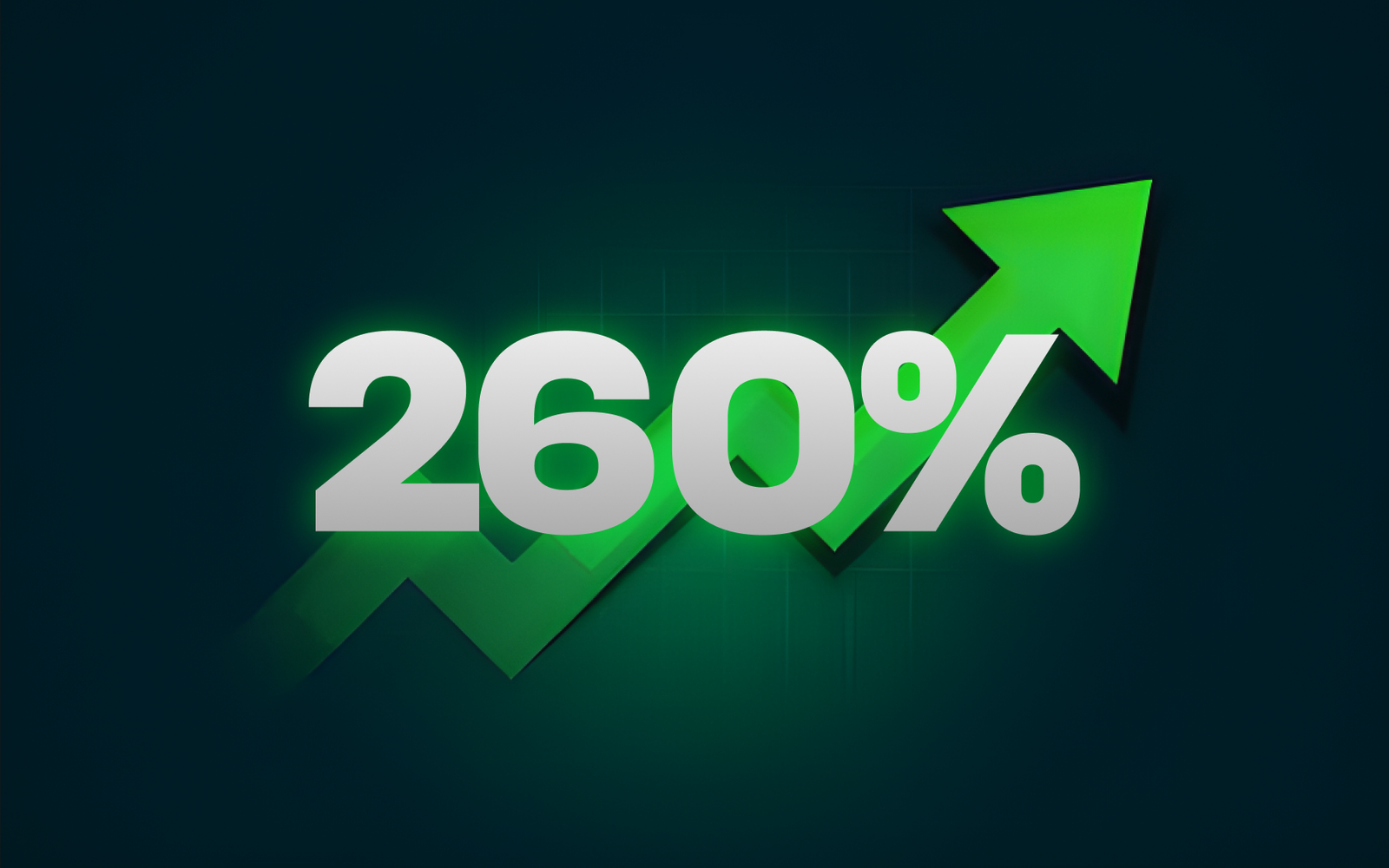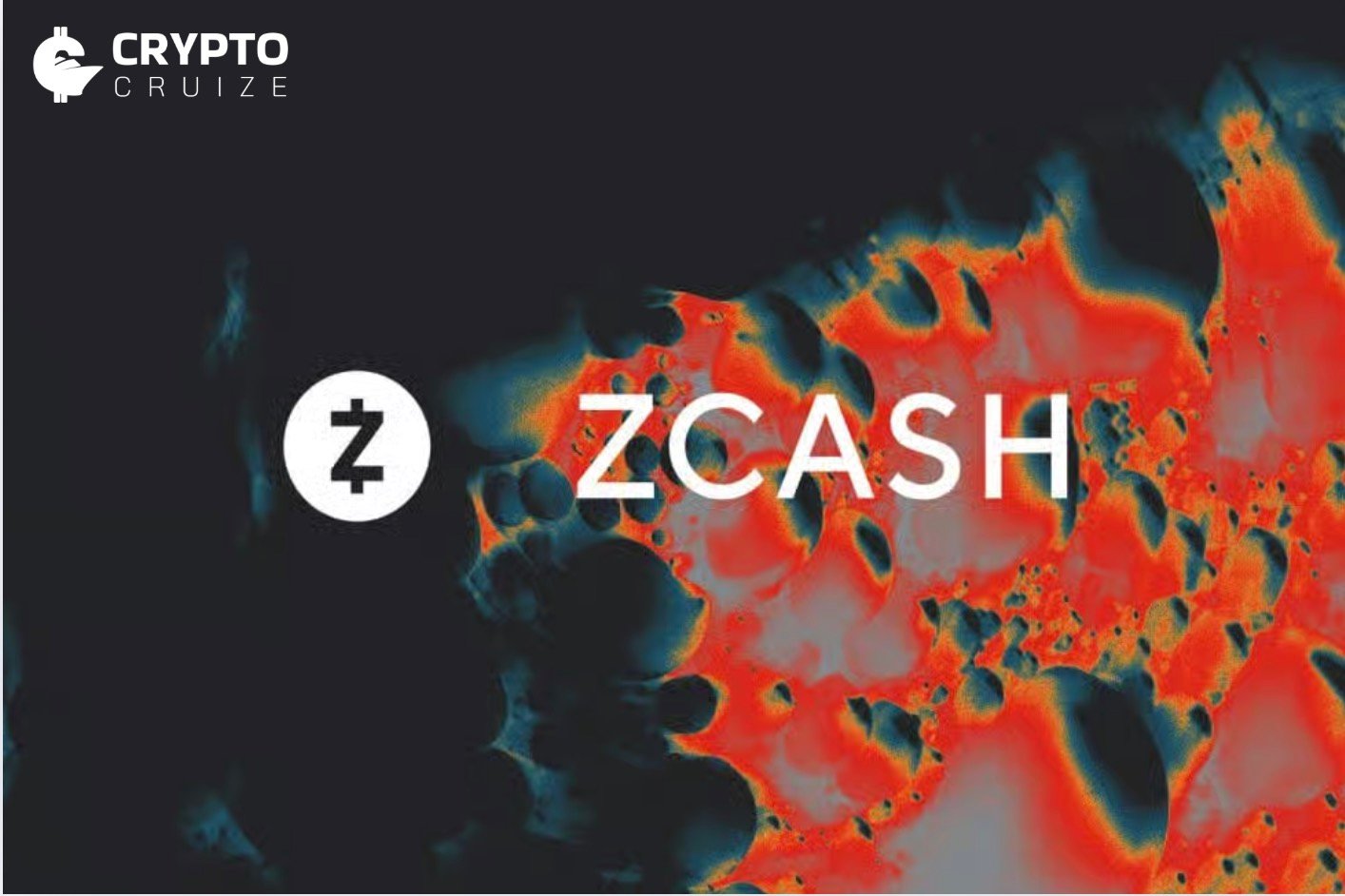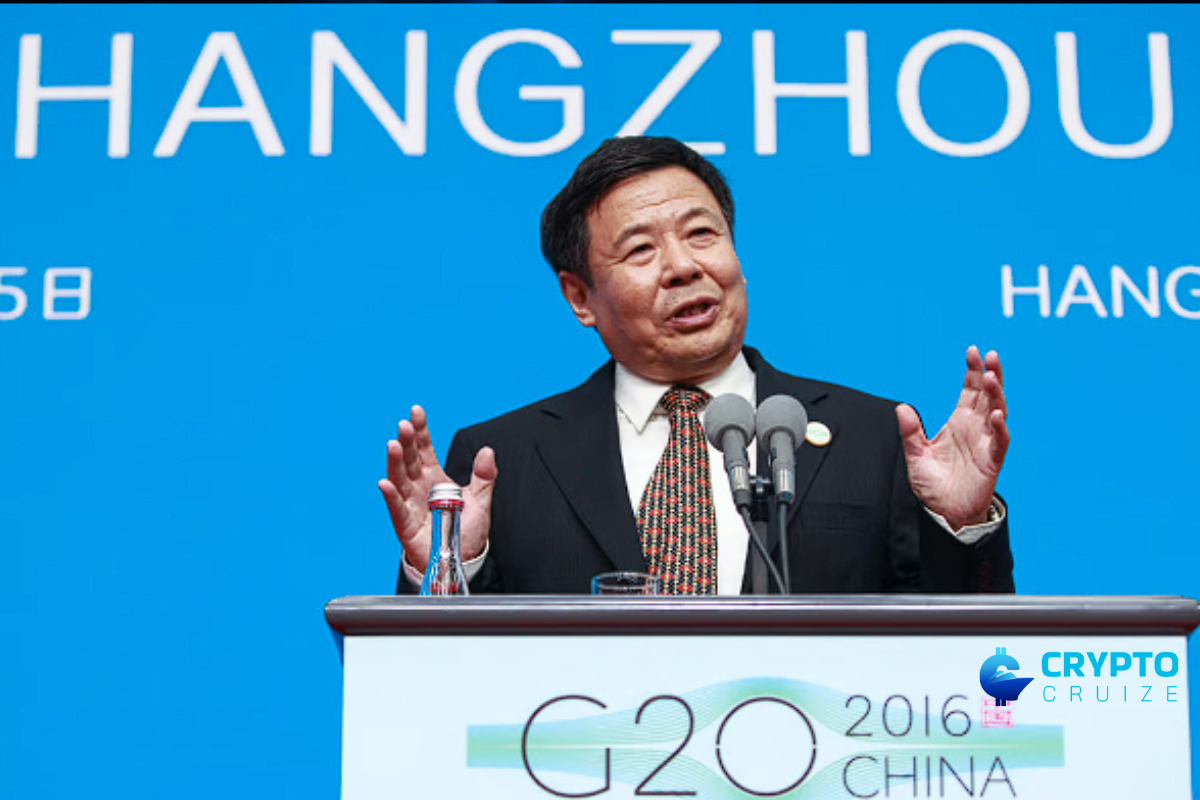The tokenization of real-world assets (RWAs) has become one of the fastest-growing sectors in the crypto ecosystem in 2025, witnessing a staggering 260% growth in the first half of the year. Buoyed by evolving regulatory clarity and rising institutional interest, the total valuation of the RWA market has surged from $8.6 billion in January to over $23 billion by mid-year, according to a recent Binance Research report.
What Are Real-World Assets (RWAs)?
Real-world asset tokenization refers to the digital representation of tangible and financial assets on a blockchain. This includes assets such as real estate, private credit, treasury debt, and commodities being minted into tradable tokens on decentralised ledgers. By anchoring these assets on immutable blockchain networks, tokenisation improves transparency, enhances liquidity, and lowers the barriers for global investors to access previously illiquid or restricted asset classes.
Unlike traditional crypto assets, RWAs are grounded in the real economy, making them more appealing to conservative investors and institutions that require underlying value and predictable yields. As the crypto market matures, RWAs are emerging as a bridge between decentralised finance (DeFi) and traditional financial markets.
Private Credit and Treasuries Dominate the RWA Market
According to the Binance report, tokenised private credit has taken the lead in this market surge, accounting for approximately 58% of the sector’s total value. These tokenised credit instruments provide access to alternative fixed-income opportunities and are particularly attractive in uncertain macroeconomic climates.
Tokenised US Treasury securities followed closely, capturing 34% of the market. The appeal lies in their relative safety and fixed returns, making them an ideal candidate for tokenisation. They are especially popular among institutional investors seeking blockchain-based products without sacrificing regulatory compliance or stability.
Together, private credit and treasury-backed tokens form the backbone of the current RWA boom, reflecting a growing appetite for digitised financial products with real-world backing.
Regulatory Shifts Fuel Growth
A key driver of this rapid expansion is the increasing clarity around cryptocurrency regulation in the United States. While RWAs currently lack a dedicated regulatory framework and are broadly considered securities under the jurisdiction of the U.S. Securities and Exchange Commission (SEC), broader crypto regulation has had a spillover effect.
On 29 May, the SEC released updated guidance regarding cryptocurrency staking — a move viewed by many in the industry as a pivot towards more pragmatic oversight. Alison Mangiero, head of staking policy at the Crypto Council for Innovation, welcomed the update, calling it a sign of “more sensible regulation.”
Further regulatory progress is being closely watched, including the potential passage of the Guiding and Establishing National Innovation for US Stablecoins (GENIUS) Act, which aims to establish clear guidelines for stablecoin collateralisation. These developments are not only reassuring cautious investors but also paving the way for increased institutional entry into the RWA space.
Bitcoin Finds Its Way onto Corporate Balance Sheets
Alongside the RWA boom, Bitcoin is gaining renewed traction among corporations. Data from BitcoinTreasuries.net reveals that at least 124 public companies now hold Bitcoin in their treasuries, reflecting a growing sense of FOMO among corporate players.

This trend is being driven not by short-term market movements but by long-term treasury strategies, capital diversification, and forward-looking investment planning. A Binance Research spokesperson commented that while seasonal slowdowns are expected, the broader macroeconomic environment and evolving regulation will be more influential in shaping corporate Bitcoin adoption.
With the RWA market surpassing $23 billion and institutional interest in Bitcoin growing steadily, 2025 is shaping up to be a pivotal year for mainstream crypto adoption. Tokenisation is not only modernising traditional finance but also offering a clear path for regulatory alignment, institutional integration, and long-term growth. As frameworks solidify and technologies mature, the line between real-world assets and digital finance continues to blur, unlocking new opportunities for investors and institutions alike.



























































